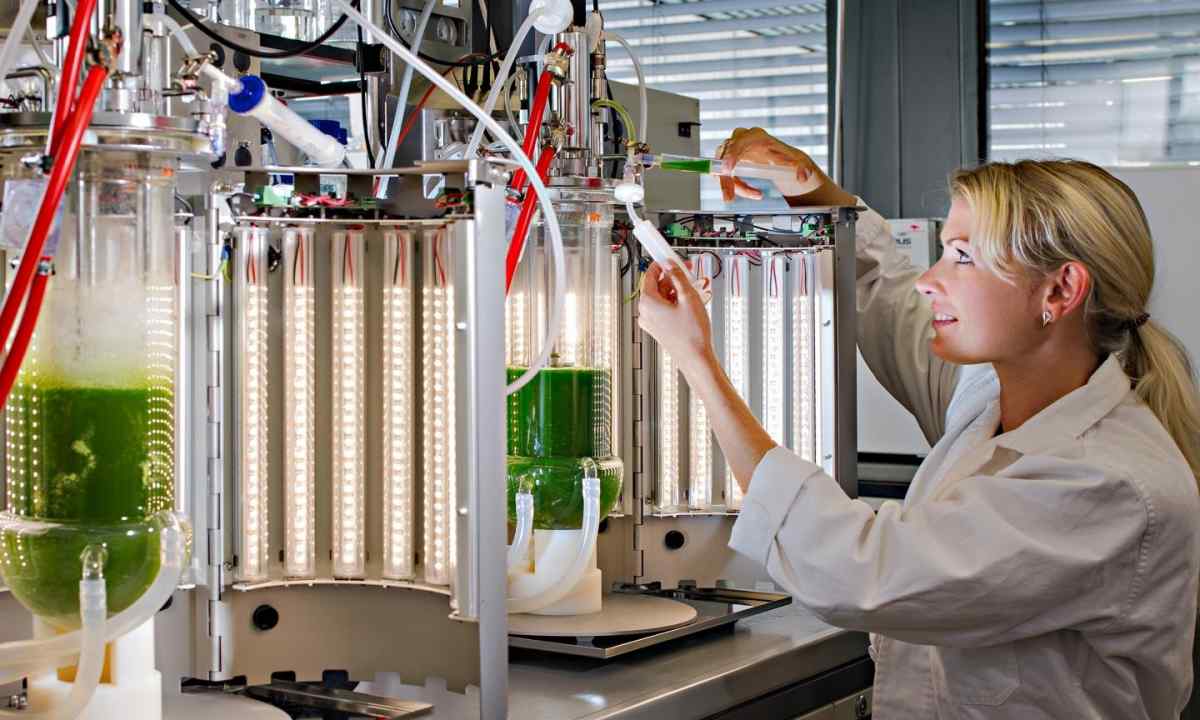The EM-technology, or technology of effective microorganisms, consists in use of number of fungi, photosynthesizing bacteria and lactobacilli for increase in fertility of the soil, processing of organic waste materials and increase in productivity of plants. Professor of the Teruo Higa Ryukyu University is considered the ancestor of this technology. In Russia the development of similar technology contacts name of the doctor of medical sciences P.A. Shablin.
Idea that microorganisms can be separated into three groups conditionally is the cornerstone of EM-technology: positive, negative and neutral. For increase in salutariness of the environment it is necessary to increase quantity of the useful organisms which are present at it and to reduce quantity of pathogenic. Percentage of the microorganisms recognized as neutral is not of particular importance as they will act according to the general trend which is provided by the prevailing microorganisms.
In the eighties the 20th century professor of the Teruo Higa Ryukyu University has picked up combination from about eight dozen bacteria and fungi called "effective microorganisms". Acting together, these organisms can render necessary beneficial influence on Wednesday in which develop.
According to the author of the Japanese development the scope of new technology is rather wide. The products which are released under the EM trademark can be used in agriculture for processing of fossils on fertilizers, suppression of pathogenic microorganisms in the soil and improvements of its structure. Effective microorganisms also have potential to transform the nutrients which are contained in the earth to the soluble form available to plants. When cleaning of the polluted reservoirs these microorganisms restore natural functions of aquatic ecosystem. As the practice, medicines created on EM-technology has shown, can be used at natural disaster response for improvement of sanitary condition of affected zone. Effective microorganisms were applied in Thailand and Indonesia after tsunami of 2004, in 2010 this technology was used at elimination of consequences of earthquake to Haiti. Application of effective microorganisms in agriculture is connected with certain inconveniences: biotechnology assumes refusal of traditionally used toxic chemicals and mineral fertilizers, and in some cases and from plowing of the soil. Nevertheless this technology is applicable in organic agriculture at which synthetic fertilizers, growth regulators, pesticides and herbicides are not used.

